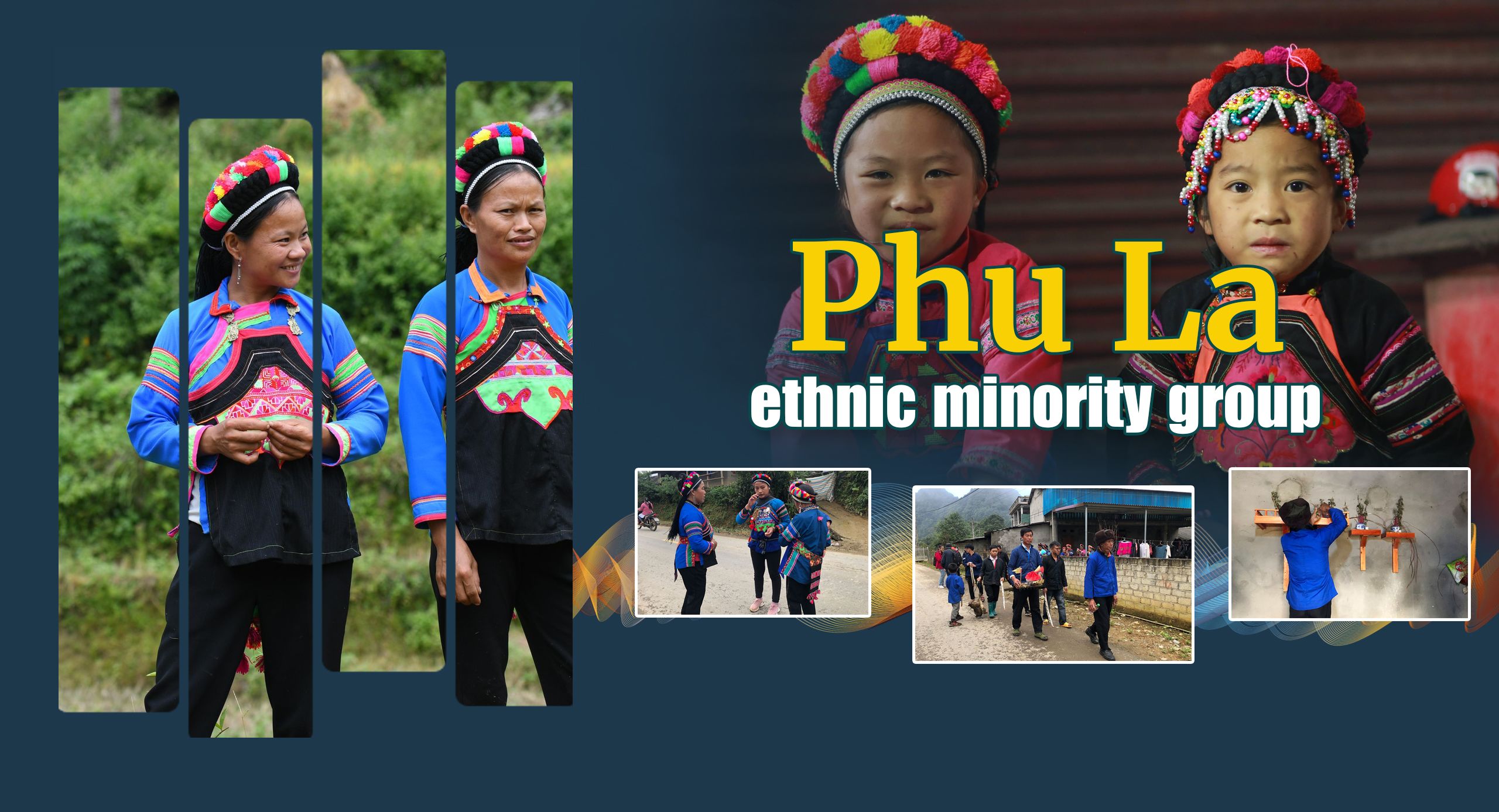
The Phu La people still retain many unique traditional customs and rituals in their daily life.
1. Origin
The Phu La people belong to the Yi language family, living in southwestern China and several countries in mainland Southeast Asia such as Laos and Thailand. The Phu La people migrated from the western provinces of China to Vietnam more than 300 years ago regarding the Phu La Lao (Xa Pho) group. They moved to Vietnam because they needed to find new land for farming.
The Phu La ethnic group includes: Phu La Hoa, who wear floral dresses; Phu La Den, who wear dyed indigo and ankle-length clothes; Phu La Han, who are influenced by Chinese culture; Chu La Phu La; Phu La Trang; and Xa Pho.
In addition to the name Phu La, they have other names such as Bo Kho Pa, Mu Di Pa, Xa Pho, Pho, Va Xo Lao, and Pu Dang.
2. Population
According to the results of the survey on the socio-economic status of 54 ethnic minority groups in 2019 conducted by the Committee for Ethnic Minority Affairs and the General Statistics Office, the population of the Phu La people was 12,471 people as of April 1, 2019, including 6,398 males and 6,073 females.
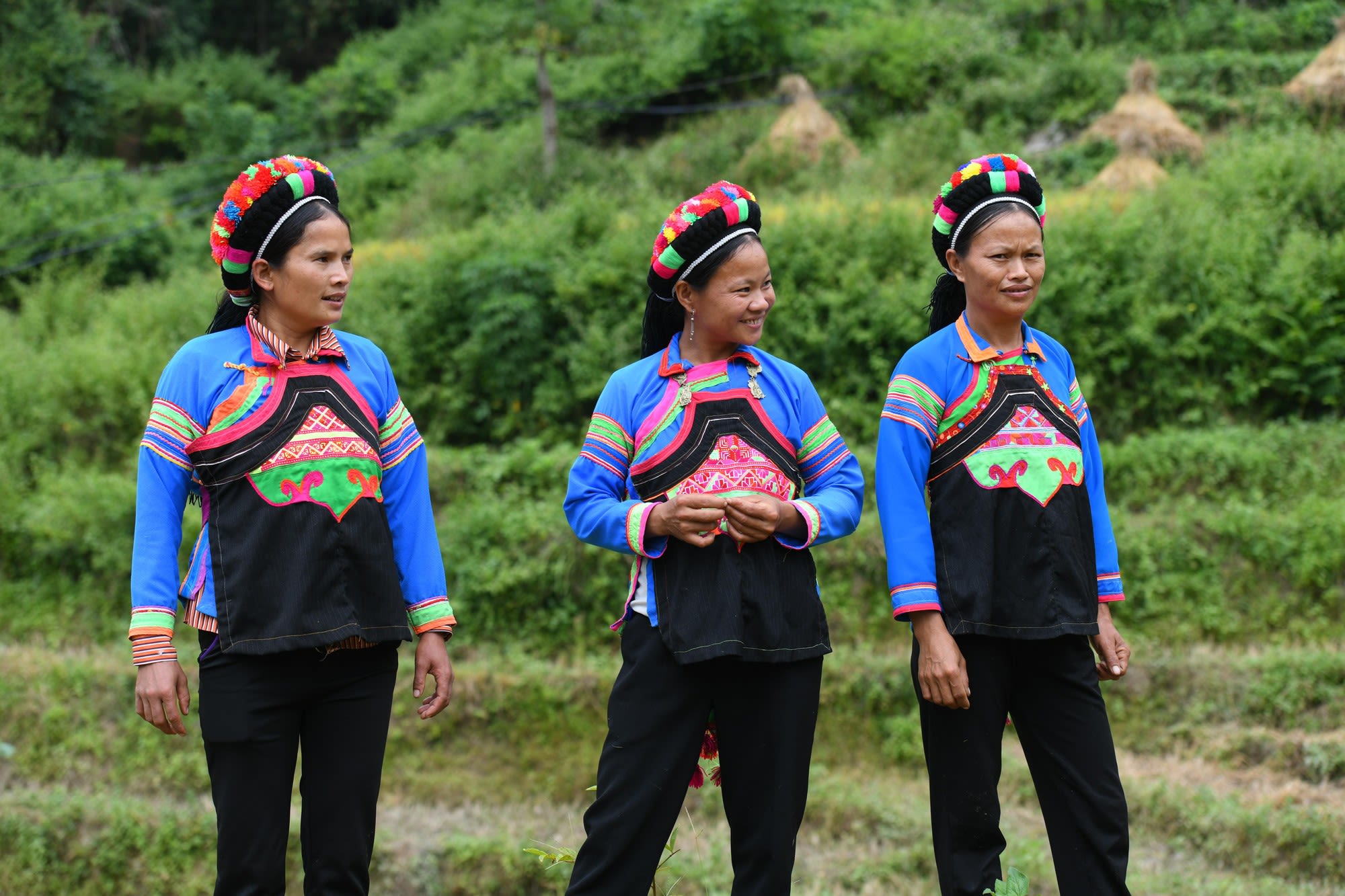
The Phu La people (Photo: THANH DAT)
The Phu La people (Photo: THANH DAT)
3. Language
Belonging to the Tibetan - Burmese language group
4. Geographical distribution
The Phu La people live mainly in the northern mountainous provinces such as Lao Cai, Ha Giang, Son La, Lai Chau, Yen Bai, and Dien Bien.
5. Main features
Housing: stilt houses, half-stilt-half-earth houses, and houses on the ground
Family structure: Patriarchal.
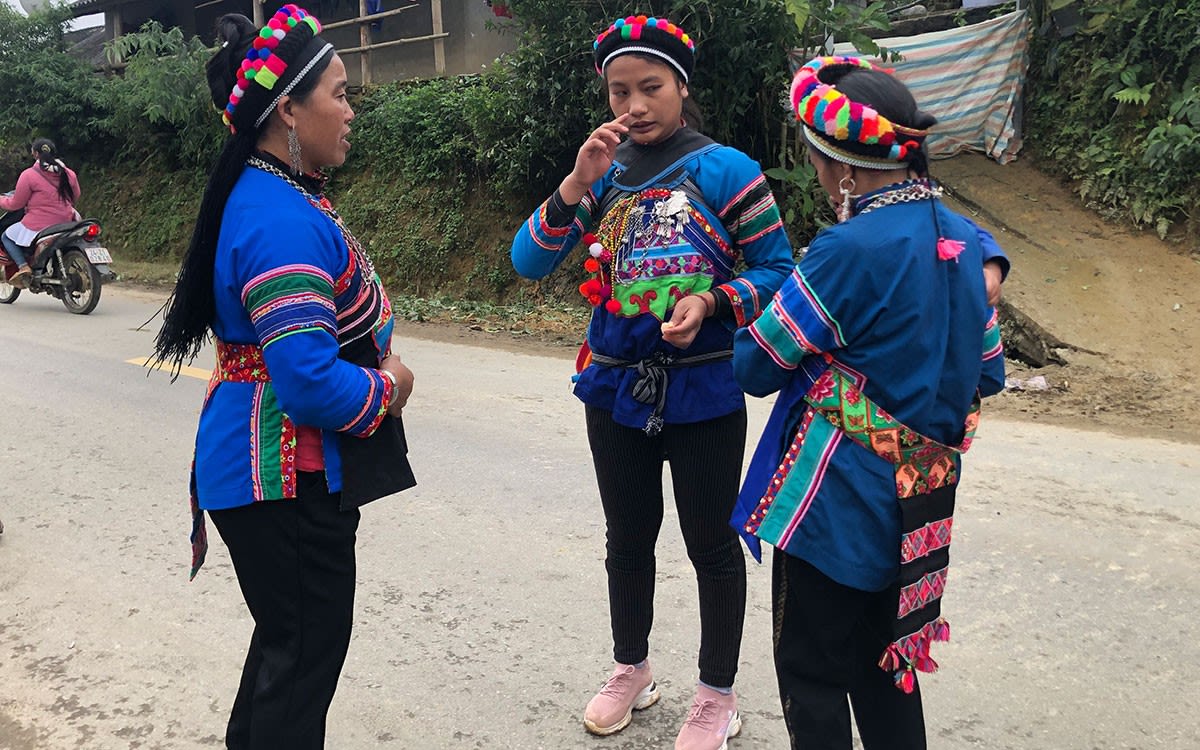
Phu La women. (Photo: TUYEN LOAN)
Phu La women. (Photo: TUYEN LOAN)
Traditional costumes: The costumes of the Phu La people are all gender-specific, regardless of social status, festive occasion, or weekdays. There are no special clothes for shamans and there is only distinction in costumes in the wedding. The costumes and jewellery of Phu La women include: dresses, tops, scarves, belts, necklaces, bracelets, earrings, and rings. Men’s costumes include: shirts, pants, and head scarfs. Indigo is the main colour of the clothes of the Phu La people, and they also dye yarn from colours of natural plants. The Phu La people also have a unique decorative art based on their creativity combined with the quintessence of other ethnic groups.
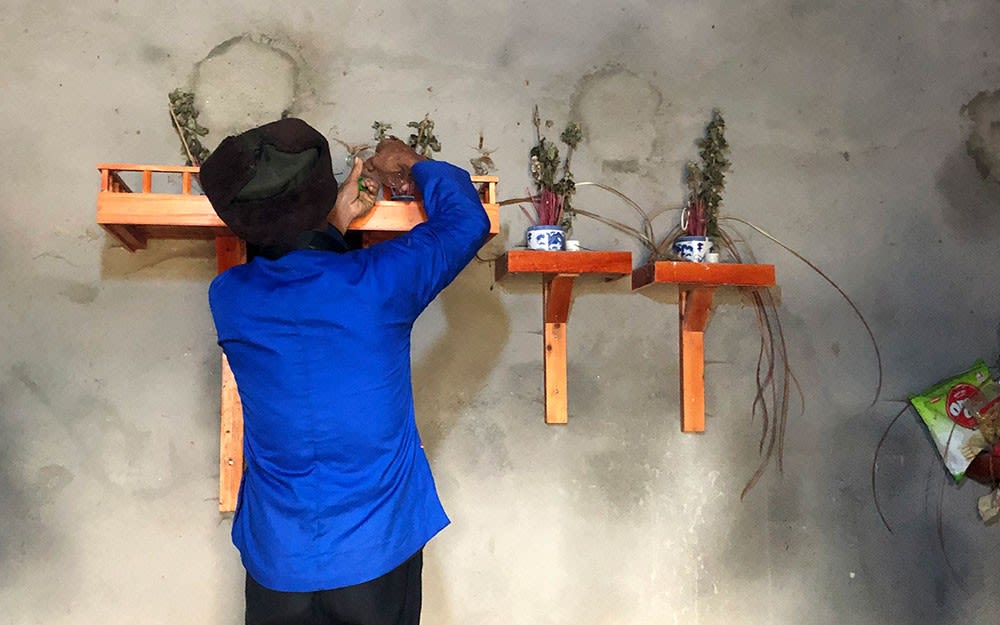
A Phu La shaman prepares to perform the ghost expelling ritual. (Photo: TUYEN LOAN)
A Phu La shaman prepares to perform the ghost expelling ritual. (Photo: TUYEN LOAN)
Cuisine: The Phu La people eat sticky rice, corn, men men (steamed minced corn), vegetables, fried vegetables with fat, vegetable soup mixed with finely ground soybeans, and bamboo shoots soup with meat, bones, crab, or fish. The Phu La people also eat grilled, pickled, and dried meat and fish.
Beverages include spring water or water mixed with herbs or alcohol. Water cooked from leaves or roots of forest trees is often used to improve health or to promote sedative and digestion.
Festivals: The Phu La people celebrate the Lunar New Year and holidays in May and July, as well as the New Rice ceremony. The New Rice ceremony is mainly performed by women at the place of worship of female ancestors and women eat rice first. A ceremony to pray for a good harvest is usually held in February every year.
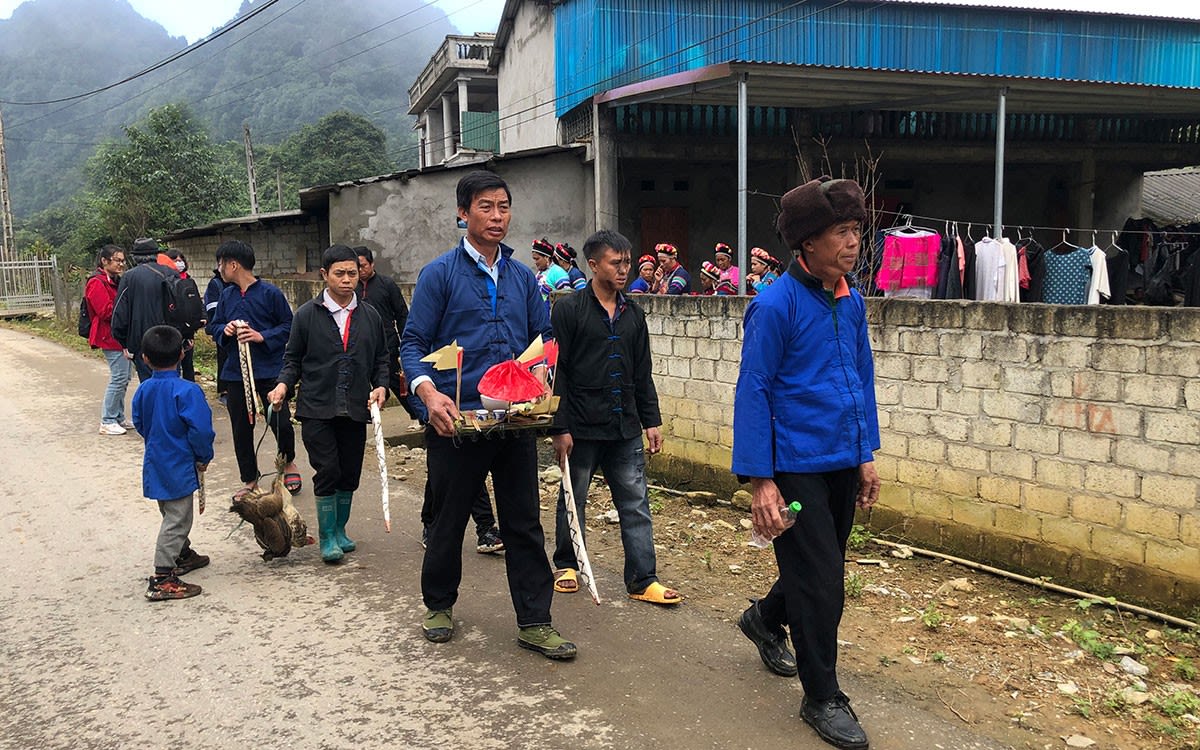
Ghost expelling ritual of the Phu La people. (Photo: TUYEN LOAN)
Ghost expelling ritual of the Phu La people. (Photo: TUYEN LOAN)
Belief: The Phu La people follow polytheistic beliefs, worshiping male ancestors to protect health and female ancestors to bless crops. They perform many agricultural religious rituals on the fields. A new fishing net must go through a ritual before being used.
Economic conditions: They perform farming and wet rice cultivation, grow food crops, fruit trees, animal husbandry, fishing, hunting, and gathering in addition to handicrafts such as weaving, carpentry, blacksmithing, and knitting. According to “Basic characteristics of 54 ethnic minority groups in 2019” conducted by the Committee for Ethnic Minority Affairs and the General Statistics Office, the poverty rate is 40.3%; the rate of near-poor households is 17.9%; the unemployment rate is 1.35%; the proportion of trained workers with diplomas and certificates is 11.0%; the proportion of labourers working in the non-agricultural sector is 23.0%; and the proportion of labourers holding management positions or technical qualifications at high and middle levels is 6.9%.
Educational conditions: According to “Basic characteristics of 54 ethnic minority groups in 2019” conducted by the Committee for Ethnic Minority Affairs and the General Statistics Office, the rate of people aged 15 and over who can read and write is 71.3%; the net attendance rate for children of primary school age is 100.3%, of junior secondary school age is 82.1%, and of senior secondary school age is 29.5%; and the rate of out-of-school children is 22.2%.